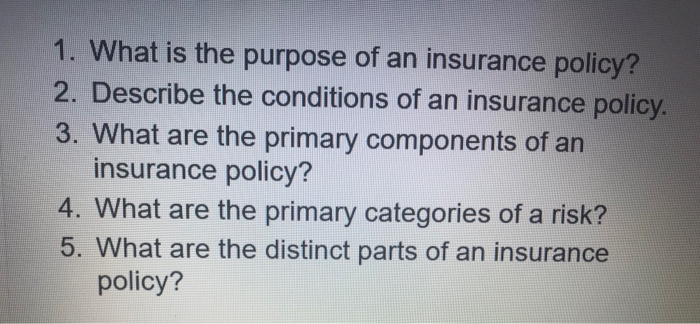Excitement About Pacific Prime
The 9-Second Trick For Pacific Prime
Table of ContentsPacific Prime Fundamentals ExplainedThe smart Trick of Pacific Prime That Nobody is DiscussingPacific Prime Things To Know Before You BuyPacific Prime for BeginnersIndicators on Pacific Prime You Need To Know

This is because the information were accumulated for a duration of solid economic performance. Of the approximated 42 million people that were without insurance, almost concerning 420,000 (concerning 1 percent) were under 65 years old, the age at which most Americans become eligible for Medicare; 32 million were grownups between ages 18 and 65, around 19 percent of all adults in this age team; and 10 million were children under 18 years old, concerning 13.9 percent of all youngsters (Mills, 2000).
These estimates of the number of persons without insurance are produced from the yearly March Supplement to the Current Population Study (CPS), conducted by the Demographics Bureau. Unless otherwise kept in mind, national price quotes of individuals without medical insurance and proportions of the populace with different type of insurance coverage are based upon the CPS, the most commonly made use of resource of quotes of insurance coverage and uninsurance rates.
The 30-Second Trick For Pacific Prime

Still, the CPS is specifically helpful due to the fact that it creates annual estimates relatively promptly, reporting the previous year's insurance policy protection approximates each September, and because it is the basis for a consistent collection of price quotes for greater than twenty years, enabling evaluation of fads in insurance coverage with time. For these reasons, in addition to the substantial use the CPS in various other research studies of insurance policy protection that are offered in this record, we count on CPS price quotes, with constraints noted.

The estimate of the variety of uninsured individuals expands when a population's insurance policy status is tracked for several years. Over a three-year period starting early in 1993, 72 million people, 29 percent of the go to website U.S. https://www.ted.com/profiles/46568975. population, lacked coverage for a minimum of one month. Within a solitary year (1994 ), 53 million individuals experienced at the very least a month without protection (Bennefield, 1998a)
6 out of every ten uninsured adults are themselves employed. Although functioning does improve the likelihood that one and one's member of the family will have insurance, it is not an assurance. Even members of households with two full-time wage earners have practically a one-in-ten chance of being uninsured (9.1 percent without insurance rate) (Hoffman and Pohl, 2000).
Pacific Prime for Beginners
New immigrants make up a significant percentage of individuals without medical insurance. One analysis has actually attributed a significant part of the current development in the size of the united state without insurance populace to immigrants that arrived in the country in between 1994 and 1998 (Camarota and Edwards, 2000). Current immigrants (those that concerned the USA within the past 4 years) do have a high rate of being without insurance (46 percent), but they and their kids make up just 6 percent of those without insurance coverage nationally (Holahan et al., 2001).
The partnership between medical insurance and accessibility to care is well developed, as documented later on in this phase. Although the relationship in between medical insurance and health and wellness outcomes is neither straight neither straightforward, an extensive medical and health and wellness solutions research literary works web links medical insurance coverage to better accessibility to care, far better top quality, and enhanced individual and populace health and wellness condition.
Degrees of evaluation for taking a look at the impacts of uninsurance. This conversation of health and wellness insurance policy coverage focuses mainly on the united state population under age 65 due to the fact that essentially all Americans 65 and older have Medicare or other public coverage. Additionally, it concentrates specifically on those with no wellness insurance policy for any size of time.
The Facts About Pacific Prime Revealed
The problems encountered by the underinsured are in some aspects similar to those encountered by the without insurance, although they are normally less extreme. Health and wellness insurance coverage, nevertheless, is neither necessary neither adequate to gain accessibility to medical solutions. The independent and direct result of health and wellness insurance protection on access to health solutions is well established.
Others will certainly obtain the healthcare they need also without health and wellness insurance, by spending for it out of pocket or seeking it from carriers who offer treatment complimentary or at very subsidized prices. For still others, health and wellness insurance policy alone does not make sure invoice of care due to the fact that of other nonfinancial obstacles, such as a lack of wellness care carriers in their neighborhood, limited access to transport, illiteracy, or linguistic and cultural differences.
The Ultimate Guide To Pacific Prime
Formal study concerning without insurance populations in the United States dates to the late 1920s and early 1930s when the Committee on the Price of Medical Care produced a series of reports about financing medical professional workplace visits and hospitalizations. This problem ended up being salient as the numbers of medically indigent climbed up throughout the Great Depression.